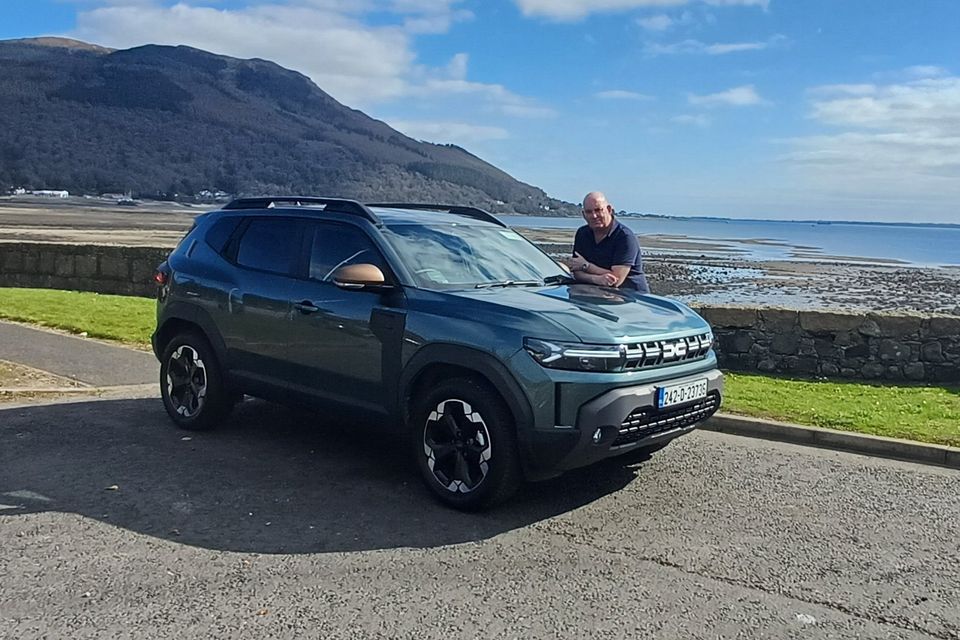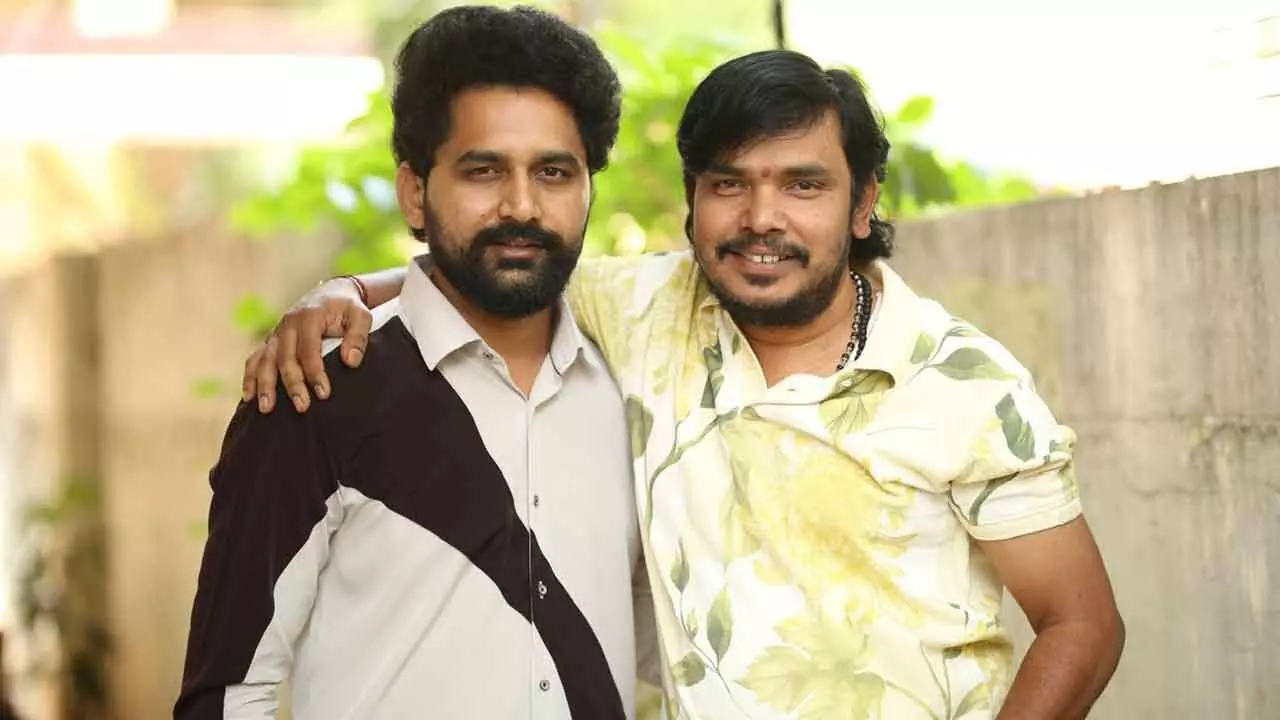Hats off to Dacia, truly the last marque standing in the ever-shrinking budget car market. Gone are the days when fledgling brands like Skoda scared the living daylights out of rivals with top-drawer models at bargain-basement prices. The same could have been said of the Korean twins – Kia and Hyundai – which offered really decent runarounds that didn’t cost a fortune.
With talk of a looming recession, the Renault-owned Romanian-made car giant may be about to have its day in the sun and the fresh new line up of models will bolster its hopes. Leading the charge is the Duster – its best-selling mid-sized SUV which now comes with proper 4X4 capability. Now in its third generation, the super-smart crossover is a massive step up from its predecessor and virtually unrecognisable from its original.

Duster gets a major design overhaul inside and out Built on the CMF-B platform – the same as the latest Sandero and Jogger – allowing it to accommodate dual fuel, mild and full hybrid powertrains. Measuring 4.3 metres long and 1.
8 metres wide, the dimensions remain pretty much the same as the outgoing model, but the new design is selling a lifestyle – Adventure with a capital A. It is targeting the outdoorsy type, hence the much more aggressive, rugged look which is enhanced by the pronounced skid plates front and rear and the thick cladding that runs around the front bumper, wheel arches to the rear end. The signature front door panels that look like elevated wader exhausts add to the “go anywhere, do anything” feel.
Duster's rear end gets new Y-shaped light clusters and chunky bumper Adding a dollop of sportiness are the slimmer LED headlights, new grille with DC logo and vertical air-vents in the bumper. At the rear, new Y-shaped light clusters and deep roof spoiler narrows the tailgate, giving it a perkier look. Inside, the Duster gets a major makeover with a cabin (in top-end models) that is more than a match for the competition.
Drive-wise, it’s a vast improvenemt on the outgoing model Granted, the cockpit in the entry level Essential model is basic and Dacia has stuck to its policy of “what you don’t need, you don’t get”, so there is no infotainment display. In its place is a large clip to grip your smartphone, which doubles up as your sat nav, music streaming and apps. Upgrade to the Expression and you’ll be treated to a high-res 10.
1-inch infotainment screen with Apple CarPlay/ Android Auto and colour reversing camera. Journey and Extreme trim add more goodies, bigger wheels and extra tech including wireless phone charging. Like its predecessor, there are lots of hard plastics in the upper dash and around the doors, but clever design and bevelled edges make them more palatable.
There is ample room for your typical family, while the boot can be loaded up with 517 litres of luggage, which triples to 1,500 litres with the seats folded flat. We tested the all-singing, all-dancing TCe 130, which is powered by a 1.2-litre, three-cylinder petrol engine with mild hybrid technology.
Its manual six-speed gearbox is twinned with an all-wheel drive system that has five settings – Eco, Auto, Snow, Mud/Sand and Off Road – selectable from a rotary wheel below the gear shift. You'll be hard pressed for better value Drive wise, it’s a vast improvement on the outgoing model, proving to be infinitely smoother and more refined. It does, however, suffer from a similarly short gear ratios (runs out of puff quickly) – especially in first and second gear, making city driving a bit tedious.
That said, the suspension has been heavily tweaked and thanks to stiffer shocks, the body roll has been reduced down 21pc in 4x2 and 17pc in the 4X4. The steering is light and responsive but lacks any significant feedback from the front wheels. It did cruise effortlessly on the motorway and was pretty frugal – returning around 5.
5 litres/100kms or just over 50mpg. Those living around the Border and looking to maximise their cash may want to consider the dual-fuel petrol/LPG version. It comes with two separate 50-litre tanks and can travel up to 1,400km with this combo.
Better still, LPG costs around €1.15 a litre, while prices for the Dacia Duster start at €25,990. I don’t think you are going to get better value than that.
.
Entertainment

Dacia Duster gets serious 4x4 set-up, but maintains its affordability

Hats off to Dacia, truly the last marque standing in the ever-shrinking budget car market.















